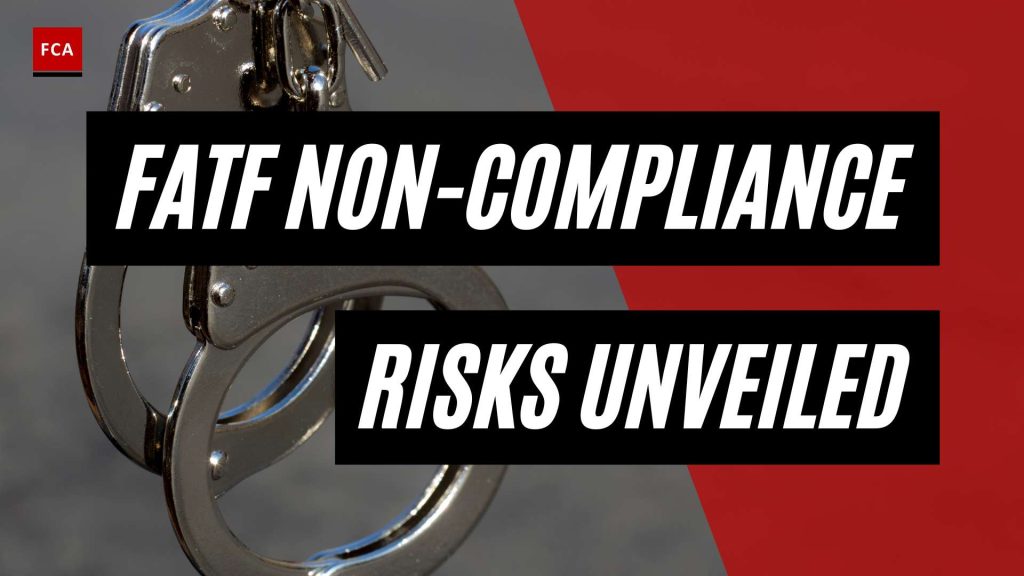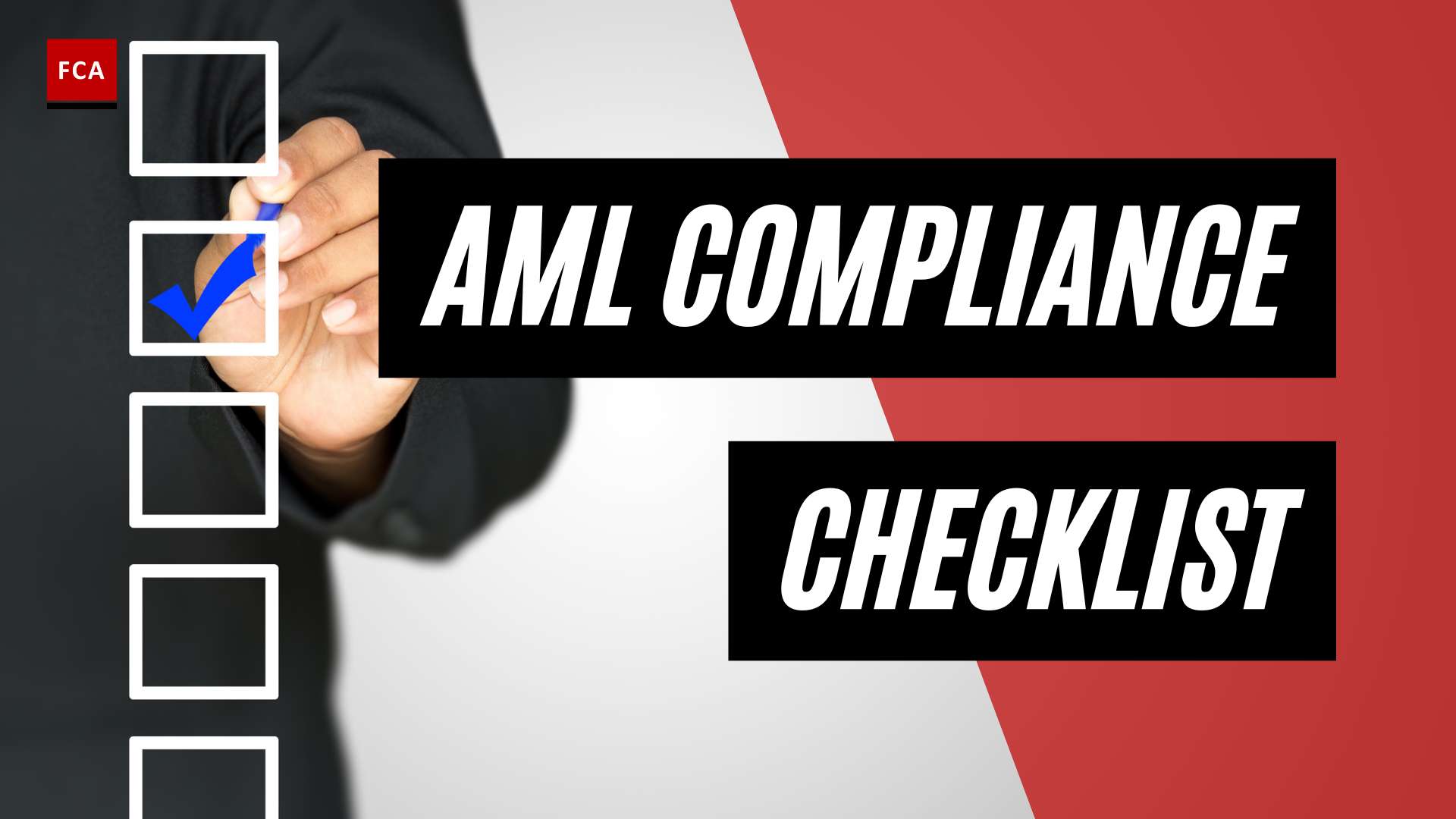Understanding the Financial Action Task Force (FATF)
In the world of anti-money laundering (AML) and counter-terrorism financing (CTF), the Financial Action Task Force (FATF) plays a pivotal role. This section aims to provide an introduction to the FATF and shed light on its crucial role in combating money laundering and terrorism financing.
Introduction to the FATF
The FATF is an intergovernmental organization established in 1989 with the primary objective of setting global standards and promoting effective measures to combat money laundering, terrorist financing, and the proliferation of weapons of mass destruction. It consists of 39 member countries and jurisdictions, along with regional organizations and observers.
The FATF operates under a mandate to develop and promote policies for AML and CTF. It serves as a global standard-setter, providing recommendations and guidance to member countries on effective measures to combat financial crimes. These recommendations, commonly known as the FATF Recommendations, are widely recognized as the international AML and CTF standards.
Role of the FATF in Combating Money Laundering and Terrorism Financing
The FATF plays a crucial role in the global fight against money laundering and terrorism financing. Its primary objectives include:
-
Developing and continuously updating the international AML and CTF standards: The FATF’s recommendations provide a comprehensive framework to prevent and combat money laundering and terrorism financing. These standards cover a wide range of areas, including customer due diligence, reporting of suspicious transactions, international cooperation, and the regulation of virtual assets.
-
Monitoring compliance and conducting mutual evaluations: The FATF conducts assessments known as mutual evaluations to assess the level of compliance of member countries and jurisdictions with the FATF Recommendations. These evaluations help identify areas of improvement and promote effective implementation of AML and CTF measures.
-
Identifying and responding to emerging risks: The FATF closely monitors global AML and CTF trends and regularly publishes reports on emerging risks and vulnerabilities. It addresses new threats, such as the misuse of virtual assets for illicit purposes, by providing guidance and recommendations to member countries and jurisdictions. For more information on virtual assets, refer to our article on FATF virtual assets guidance.
-
Taking action against non-compliant jurisdictions: The FATF maintains a list of jurisdictions that pose a risk to the international financial system due to their weak AML and CTF measures. These jurisdictions may be placed on the FATF Grey List or the FATF Blacklist, depending on the severity of their deficiencies. Inclusion on these lists can have significant implications for a jurisdiction’s reputation and can lead to increased scrutiny and limitations on financial transactions.
The FATF plays a crucial role in promoting global cooperation and encouraging countries to adopt a risk-based approach to AML and CTF. By setting standards, monitoring compliance, and taking action against non-compliant jurisdictions, the FATF aims to protect the integrity of the global financial system and contribute to the prevention of financial crimes.
FATF Non-Compliant Jurisdictions
As part of its mandate to combat money laundering and terrorism financing, the Financial Action Task Force (FATF) assesses countries for compliance with its recommendations. Non-compliance with these recommendations can have significant implications for jurisdictions. In this section, we will explore what FATF non-compliance means and highlight recent cases of non-compliant jurisdictions.
What Does FATF Non-Compliance Mean?
FATF non-compliance refers to the failure of a jurisdiction to adequately implement the FATF recommendations in their anti-money laundering (AML) and counter-terrorism financing (CFT) frameworks. These recommendations provide a comprehensive set of standards and measures to combat financial crimes on a global scale.
When a jurisdiction is found to be non-compliant, it signifies that their AML/CFT systems and controls do not meet the international standards set by the FATF. This can be due to various factors, such as weak legislation, inadequate regulatory frameworks, or ineffective enforcement mechanisms.
FATF non-compliance is a serious concern as it undermines the global efforts to combat money laundering and terrorism financing, potentially exposing the financial system to illicit activities. Non-compliant jurisdictions may face consequences from the FATF, as well as reputational and economic risks.
Recent Cases of Non-Compliant Jurisdictions
The FATF regularly conducts assessments to evaluate the AML/CFT systems of its member countries and other jurisdictions. These assessments result in identifying jurisdictions that are deemed non-compliant or in need of improvement. Here are some recent cases of non-compliant jurisdictions:
| Jurisdiction | Date of Assessment | Non-Compliance Status |
|---|---|---|
| Country A | 2019 | Non-Compliant |
| Country B | 2020 | In Need of Improvement |
| Country C | 2021 | Non-Compliant |
Please note that the above table is for illustrative purposes only and does not represent actual recent cases. For detailed information on specific cases, please refer to the FATF website or the FATF’s mutual evaluation reports.
When a jurisdiction is identified as non-compliant, the FATF takes appropriate measures to address the issues. This may include providing technical assistance, initiating an action plan for the jurisdiction to address the deficiencies, or in severe cases, placing the jurisdiction on the FATF’s grey list or blacklist.
It is important for jurisdictions to take swift action to address the identified deficiencies and work towards achieving compliance with the FATF recommendations. Collaborative efforts between the FATF, member countries, and non-compliant jurisdictions play a vital role in enhancing global AML/CFT efforts and ensuring a robust financial system.
In the next section, we will explore the consequences of non-compliance and the measures taken by the FATF against non-compliant jurisdictions.
Consequences of Non-Compliance
When jurisdictions fail to comply with the Financial Action Task Force (FATF) standards, there are significant consequences both for the global financial system and for the non-compliant jurisdictions themselves. Understanding these consequences is crucial in highlighting the importance of compliance and encouraging jurisdictions to take appropriate measures to address any deficiencies.
Impact on the Global Financial System
Non-compliance with FATF standards can have far-reaching implications for the global financial system. The FATF sets international standards and recommendations to combat money laundering and terrorism financing, aiming to create a secure and transparent financial environment. When jurisdictions do not meet these standards, it can undermine the effectiveness of global efforts to combat financial crimes.
The presence of non-compliant jurisdictions creates vulnerabilities in the financial system, allowing illicit funds to flow more freely. This compromises the integrity of financial institutions and markets, making them more susceptible to money laundering, terrorist financing, and other illicit activities. The interconnected nature of the global financial system means that the impact of non-compliance can be felt beyond the borders of the non-compliant jurisdiction itself.
Measures Taken by FATF Against Non-Compliant Jurisdictions
To address non-compliance, the FATF employs various measures to encourage jurisdictions to take the necessary steps towards compliance. These measures aim to incentivize jurisdictions to strengthen their anti-money laundering (AML) and counter-terrorism financing (CTF) frameworks, ensuring their alignment with international standards.
One of the key measures taken by the FATF is the identification of non-compliant jurisdictions, which may be placed on its grey list or blacklist. These lists publicly designate jurisdictions that have significant deficiencies in their AML and CTF frameworks. Being on these lists can have reputational and economic consequences for the jurisdictions, potentially leading to decreased foreign investment and limited access to global financial systems.
To assist non-compliant jurisdictions in addressing their deficiencies, the FATF conducts mutual evaluations, which provide an in-depth assessment of each jurisdiction’s AML and CTF measures. These evaluations identify areas of improvement and provide recommendations for enhancing compliance. Jurisdictions are expected to take these recommendations seriously and implement necessary reforms to achieve compliance.
It’s worth noting that the FATF also provides guidance and support to help jurisdictions enhance their AML and CTF efforts. This includes guidance on various topics, such as the risk-based approach, risk assessment, and even specific guidance on emerging areas like virtual assets.
By implementing these measures, the FATF strives to encourage non-compliant jurisdictions to bolster their AML and CTF frameworks, aligning them with international standards and mitigating the risks associated with financial crimes.
Staying compliant with FATF standards is not only crucial for individual jurisdictions but also essential for safeguarding the integrity of the global financial system. Compliance helps maintain a robust and secure financial environment, protecting against money laundering and terrorism financing threats. It is imperative for jurisdictions to prioritize compliance and adopt best practices in AML and risk management to contribute to a stronger and safer global financial system.
Addressing Non-Compliance
When a jurisdiction is identified as non-compliant by the Financial Action Task Force (FATF), it is essential for that jurisdiction to take immediate action to rectify the deficiencies and work towards achieving compliance. Addressing non-compliance requires a proactive approach and collaborative efforts from all stakeholders involved. In this section, we will explore the steps taken by non-compliant jurisdictions and the collaborative efforts undertaken to achieve compliance.
Steps Taken by Non-Compliant Jurisdictions
Non-compliant jurisdictions understand the gravity of the situation and the potential consequences of being on the FATF’s non-compliant list. To address the deficiencies highlighted by the FATF, these jurisdictions typically take several steps, including:
-
Legislative Reforms: Non-compliant jurisdictions often enact or amend legislation to bring their anti-money laundering (AML) and counter-terrorism financing (CTF) frameworks in line with international standards and the FATF recommendations. This may involve strengthening laws, regulations, and enforcement mechanisms to enhance their ability to combat money laundering and terrorist financing activities effectively.
-
Enhanced Supervision and Regulation: Non-compliant jurisdictions may establish or strengthen supervisory bodies responsible for overseeing financial institutions and implementing effective AML/CFT measures. This includes enhancing risk-based supervision, conducting thorough mutual evaluations of financial institutions, and taking appropriate enforcement actions against non-compliant entities.
-
Capacity Building and Training: Recognizing the need for enhanced knowledge and expertise in AML/CFT, non-compliant jurisdictions invest in capacity building initiatives to train their officials, regulators, and financial sector professionals. This involves providing specialized training programs, workshops, and seminars to strengthen understanding and implementation of AML/CFT measures.
-
International Cooperation: Non-compliant jurisdictions actively engage in international cooperation efforts to address the deficiencies highlighted by the FATF. This may involve seeking technical assistance and guidance from organizations such as the FATF, regional bodies, and other member countries. Collaboration with international partners helps non-compliant jurisdictions to access resources, expertise, and best practices to strengthen their AML/CFT frameworks.
Collaborative Efforts to Achieve Compliance
Achieving compliance requires collaborative efforts from the non-compliant jurisdiction, the FATF, and other stakeholders. These collaborative efforts include:
-
Technical Assistance: The FATF and its member countries provide technical assistance and support to non-compliant jurisdictions to help them address the identified deficiencies. Technical assistance may include guidance on developing and implementing AML/CFT laws and regulations, conducting risk assessments, establishing effective financial intelligence units, and other capacity-building initiatives.
-
Peer Review and Monitoring: Non-compliant jurisdictions undergo continuous monitoring and peer review to assess their progress in addressing the identified deficiencies. This involves regular reporting, follow-up evaluations, and ongoing engagement with the FATF and its regional bodies. The peer review process allows for constructive feedback, guidance, and support to ensure the jurisdiction’s sustained efforts towards compliance.
-
Information Sharing: Collaboration and information sharing among jurisdictions are crucial in addressing cross-border money laundering and terrorist financing activities. Non-compliant jurisdictions actively engage in information exchange to strengthen their AML/CFT frameworks and align with international standards. This includes sharing best practices, intelligence, and lessons learned to enhance their effectiveness in combating financial crimes.
By taking steps to address the identified deficiencies and actively participating in collaborative efforts, non-compliant jurisdictions can work towards achieving compliance with the FATF’s standards. It is important for these jurisdictions to prioritize AML/CFT measures, implement robust regulatory frameworks, and engage in ongoing monitoring and evaluation to ensure sustained compliance. Compliance with international standards not only strengthens the jurisdiction’s financial system but also contributes to the global fight against money laundering and terrorist financing.
Staying Compliant
Ensuring compliance with anti-money laundering (AML) regulations and risk management practices is of utmost importance in the financial sector. By staying compliant, financial institutions and professionals can contribute to the global effort in combating money laundering and terrorism financing. Here, we explore the importance of compliance in the financial sector and highlight some best practices for AML and risk management.
Importance of Compliance in the Financial Sector
Compliance with AML regulations is crucial for financial institutions, as it helps to protect the integrity of the financial system and prevent illicit activities such as money laundering and terrorism financing. By adhering to the guidelines set forth by the Financial Action Task Force (FATF) and other regulatory bodies, financial institutions can create a secure environment for their customers and maintain the trust of stakeholders.
Non-compliance can have severe consequences for financial institutions, including reputational damage, legal penalties, and even exclusion from the global financial system. It is essential for financial institutions to have robust compliance programs in place to identify, assess, and mitigate the risks associated with money laundering and terrorism financing.
To ensure compliance, financial institutions should stay up to date with the latest AML regulations and guidance provided by regulatory bodies such as the FATF. Regular training and education programs for employees can help them understand their roles and responsibilities in preventing financial crimes. Implementing effective internal controls, conducting risk assessments, and performing due diligence on customers and transactions are also vital components of a comprehensive compliance program.
Best Practices for AML and Risk Management
Implementing best practices for AML and risk management is crucial for financial institutions to mitigate the risks associated with money laundering and terrorism financing. Here are some key practices that can help institutions maintain compliance:
-
Risk-Based Approach: Adopt a risk-based approach to identify, assess, and manage money laundering and terrorism financing risks. This involves conducting thorough risk assessments and tailoring control measures based on the level of risk posed by customers, products, services, and jurisdictions.
-
Customer Due Diligence: Implement robust customer due diligence (CDD) procedures to verify the identity of customers, understand the nature of their business, and assess the potential risks associated with their transactions. Enhanced due diligence (EDD) should be applied to higher-risk customers to obtain a deeper understanding of their activities and sources of funds.
-
Transaction Monitoring: Establish effective transaction monitoring systems to detect and report suspicious activities. Automated systems can help identify unusual patterns of transactions and generate alerts for further investigation.
-
Reporting and Record-Keeping: Maintain accurate and detailed records of customer transactions, including identification documents and records of due diligence performed. Establish procedures for reporting suspicious transactions to the appropriate authorities in accordance with regulatory requirements.
-
Ongoing Training and Education: Provide regular training and education programs to employees to enhance their understanding of AML regulations, emerging risks, and best practices. This can help create a culture of compliance within the organization.
By implementing these best practices and staying vigilant, financial institutions can contribute to the global fight against money laundering and terrorism financing while protecting their own interests.
Compliance with AML regulations and risk management practices is an ongoing process that requires continuous monitoring and adaptation to evolving threats. Financial institutions should regularly review and update their compliance programs to align with regulatory changes and emerging risks. By staying knowledgeable and proactive, financial institutions can demonstrate their commitment to compliance and contribute to a more secure and resilient financial system.








